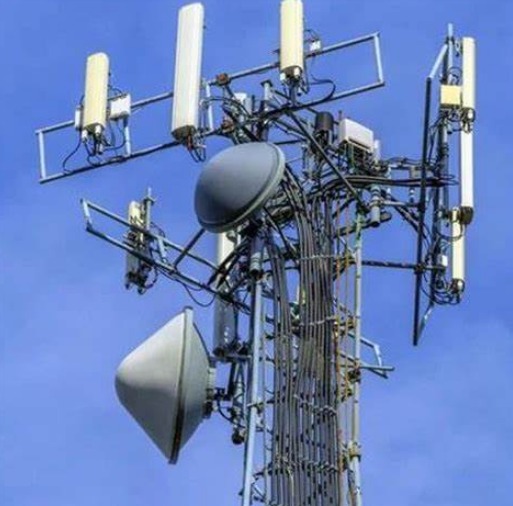Unlocking the Power of GSM Mobile Antennas

Understanding the GSM Mobile Antenna
In today's interconnected world, mobile phones have become an integral part of our lives. Behind the scenes of every successful mobile phone call or data transfer is a critical component known as the GSM mobile antenna. This unassuming device plays a crucial role in facilitating communication between your mobile phone and the GSM (Global System for Mobile Communications) network. In this article, we will dive deep into the world of GSM mobile antennas, exploring their functions, types, and significance in the realm of mobile communication.
How a GSM Mobile Antenna Works
At its core, a GSM mobile antenna serves as a translator, converting the radio signals generated by your mobile phone into electromagnetic waves. These electromagnetic waves are then transmitted through the air, enabling your phone to establish a connection with the GSM network. This process is vital for both voice calls and data transfer, making the GSM mobile antenna an indispensable component of your mobile device.
Internal vs. External GSM Mobile Antennas
GSM mobile antennas come in two primary configurations: internal and external. The choice between these two options depends on the design of your mobile phone and specific requirements.
Internal GSM Mobile Antennas
Internal GSM mobile antennas are integrated seamlessly within the body of your mobile phone. These compact and discreet antennas are designed to minimize the physical footprint of your device. The advantage of internal antennas is their convenience – you don't need to attach or detach anything to your phone. They are especially prevalent in modern smartphones, where aesthetics and space optimization are crucial considerations.
External GSM Mobile Antennas
On the other hand, external GSM mobile antennas are separate devices that can be connected to your mobile phone. They are commonly used in situations where the internal antenna's performance may be compromised, such as in remote areas with weak signal reception. External antennas are typically attached via a cable or connector and can be positioned for better signal reception. This flexibility comes in handy for individuals who need to boost their phone's signal strength for improved call quality or faster data speeds.
The Significance of GSM Mobile Antennas
GSM mobile antennas are the unsung heroes of the mobile communication world. Without them, your mobile phone would be unable to connect to the GSM network, rendering it essentially useless for making calls or accessing the internet. Here are some key points highlighting the significance of GSM mobile antennas:
1. Enabling Voice Calls
GSM mobile antennas are responsible for establishing voice connections. When you initiate a call on your mobile phone, the antenna translates your voice into radio signals that can be transmitted to the recipient's phone via the GSM network. This process allows for real-time voice communication, whether you're calling a friend, family member, or business associate.
2. Facilitating Data Transfer
In addition to voice calls, GSM mobile antennas are instrumental in data transfer. They enable you to send and receive text messages, browse the internet, stream videos, and use various mobile applications. The antenna ensures that the data packets are transmitted efficiently and reliably, ensuring a seamless online experience.
3. Enhancing Signal Strength
External GSM mobile antennas play a crucial role in enhancing signal strength, particularly in areas with poor reception. By connecting an external antenna, you can significantly improve your phone's ability to capture and maintain a strong signal. This is especially valuable in rural or remote locations where signal coverage may be spotty.
4. Supporting Emergency Services
During emergencies, reliable communication is of utmost importance. GSM mobile antennas ensure that even in challenging situations, such as natural disasters or accidents, mobile phone users can reach out for help or stay in touch with loved ones. The ability to connect to the GSM network can be a lifeline in critical times.
Conclusion
In conclusion, GSM mobile antennas are the unsung heroes of modern mobile communication. Whether they are internal or external, these unassuming devices play a pivotal role in enabling voice calls, data transfer, signal enhancement, and emergency communication. As mobile technology continues to evolve, GSM mobile antennas will remain a fundamental component, ensuring that we stay connected with the world around us. So, the next time you make a call or browse the internet on your mobile phone, remember the indispensable role played by the GSM mobile antenna.

 Mobile Signal Booster
Mobile Signal Booster